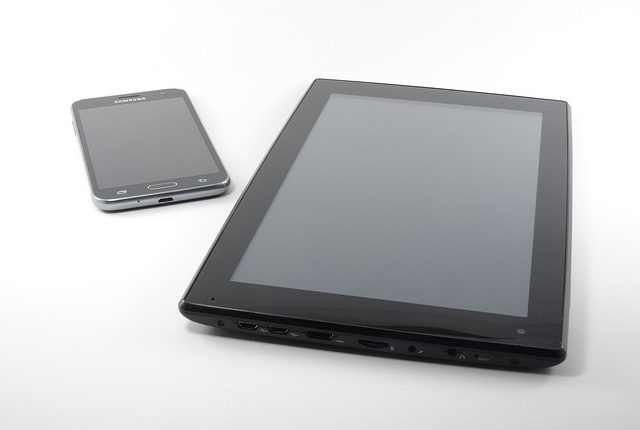Information and Communication Technology (ICT) has been evolving over time, and today it has become the most sought after in nearly all professional fields including education. Therefore, schools try to implement it in their lessons and curriculum.
ICT has often been associated with sophisticated technologies that have little or no place in class, in fact, many people thought ICT should only be used by scientists who are engaged in research.
However, today teacher can use online tests to get instant feedback from the learners and also assesses the learners progress directly without meeting them face to face.
In addition, ICT can enable learners to learn more effectively while giving teachers and other resources users a wider range of resources that would otherwise have not been available.
Thus implementing ICT in lessons can be a challenge, just like any other new pedagogy, as such teachers have to find ways in which they ensure the students still recall the lessons that have been taught.
Teachers can integrate the following ideas during their lessons to improve the students’ memory;
Use visual and verbal lesson formats:
Whenever you want to explain some important concepts or ideas, through the use of presentation software or video programs, use visual and verbal lesson formats.
As research shows that something seen is not easily forgotten more so it’s much easier to remember images or visual clues than words. It is also very true that images improve the retentive memory of an individual.
Thus by similarly integrating visual formats in a lesson a teacher improves the students’ memory by nearly 20%.
Encourage learners to explore new computer packages:
This enhances creativity for the learners and quickens the memorization of new ideas. This widens the learners’ outlook and improves their memory to a point where they are able to use knowledge from one domain into another.
A classic example includes a student who has used WordPad to learn to type and is introduced to Microsoft Word as a new word processor to further their typing skills will easily learn the new package and the commands used by trying out the commands they used previously
Practice complex ideas methodically as it ensures comprehension:
There is a saying that, practice makes perfect but we also know that he who practices continuously makes the complex ideas permanent.
Group practices in addition to making an interactive class also create lessons that are enjoyable and fun. Especially when these practices involve projects that the learners have learned in class or saw a peer working on
Break down information into smaller topics or subtopics and try to use visual aids in each topic.
Learners are able to recall facts figures quicker when told from what they know already, thus making it easier to use past knowledge in the future.
Create problems for the learners to solve this not only makes ICT more practical but make it as funny and the learners come to appreciate the ability and power they can seek from computer use.
Animate stories relating to the lesson:
Learners have been found to recall facts based on how a particular visual clue made them feel or what they saw, thus animated stories make the learners able to remember complex ideas, than in cases where the ideas had been explained using a pen or paper or in this case if the teacher had used a chalkboard.
Giving learners coding challenges, for advanced ICT students:
For example, a teacher could ask the learners to come up with a pseudo code to emulate their schedule, find the square root of any given number, find the distance between two points.
Without such challenges or something that makes the learners feel that they are solving real problems by applying what the know, ICT could remain a far cry for many.
Learners can get exposed to the internet and that way makes it easier for them to research and gain new knowledge.
These are all ways a teacher passes a new idea and makes it a way of life for the learners while exposing them to ICT during the lessons



Very interactive but I need the assessment tool that will be used by school teachers for grade 3 that is amounting to 60%